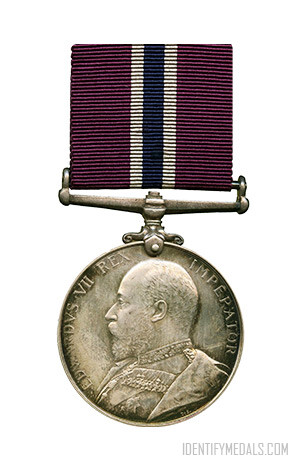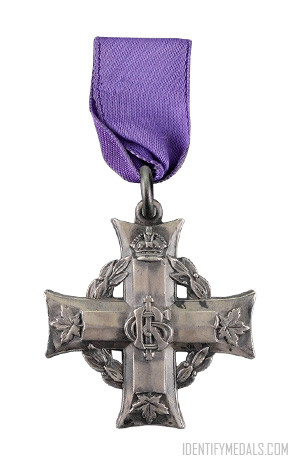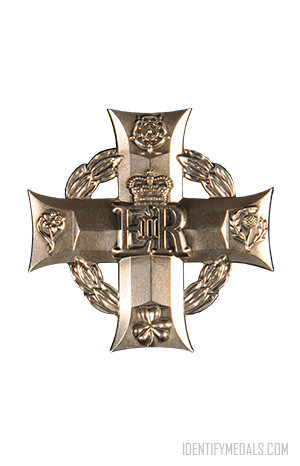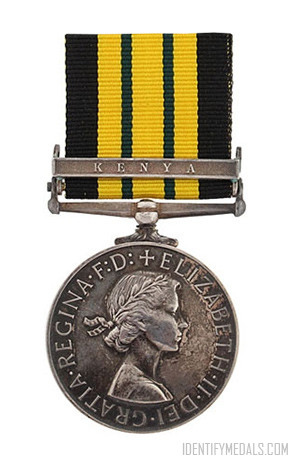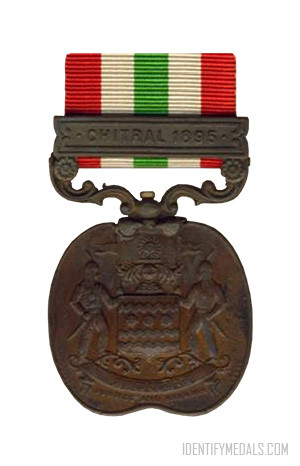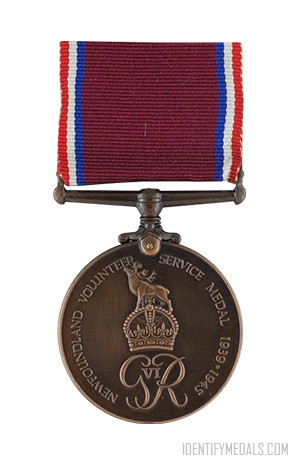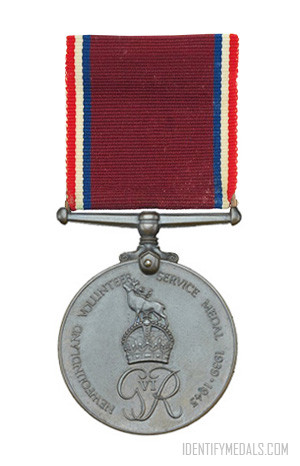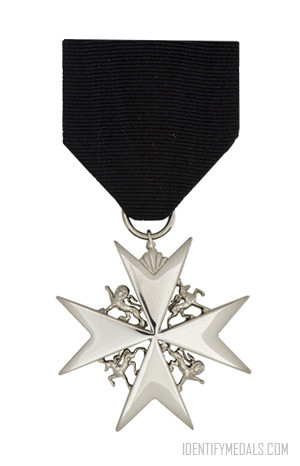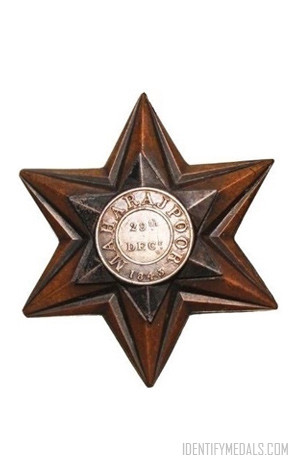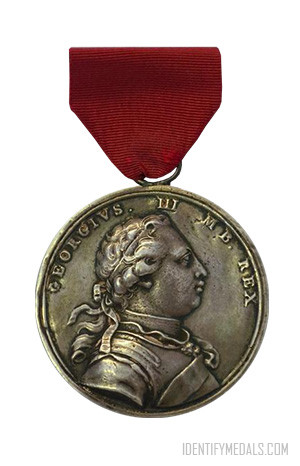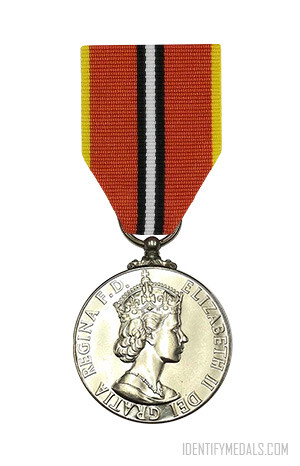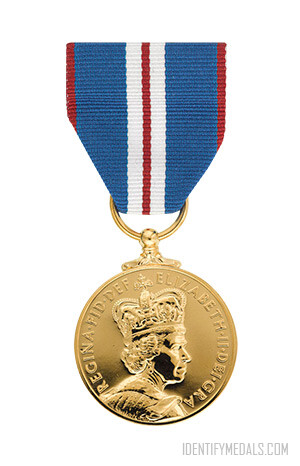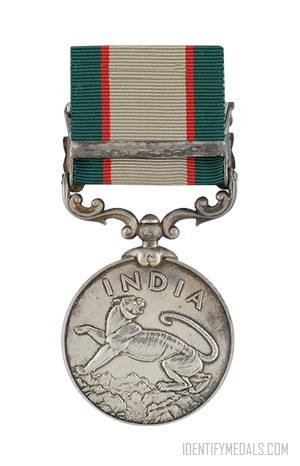- Time Period: Pre-WW1
- Institution: 1910
- Country: United Kingdom, Australia
The Permanent Forces of the Empire Beyond the Seas Medal, also known as the Permanent Overseas Forces Long Service and Good Conduct Medal, was established in 1910 to recognize long service and good conduct among other ranks of the Permanent Forces of the Dominions and Colonies of the British Empire.
This medal replaced the various local versions of the Army Long Service and Good Conduct Medal. Superseded in 1930 by the Medal for Long Service and Good Conduct (Military), it continued the tradition of honoring exemplary service.
Commonwealth of Australia Version
The Commonwealth of Australia version of the Army Long Service and Good Conduct Medal emerged following Australia’s federation on 1 January 1901.
The five distinct medals for New South Wales, Queensland, South Australia, Tasmania, and Victoria were unified into a single version with King Edward VII’s effigy and the inscription “COMMONWEALTH OF AUSTRALIA” on the reverse.
These medals retained the same crimson ribbon, but with a distinctive 4-millimeter central band representing the Commonwealth. This version was part of the broader effort to standardize awards across the British Empire’s territories.
The Permanent Forces of the Empire Beyond the Seas Medal Design
The Permanent Forces of the Empire Beyond the Seas Medal is crafted in silver, with a diameter of 36 millimeters (1.42 inches) and a thickness of 3 millimeters (0.12 inches). It features a single-toe claw mounting, secured to the medal by a horizontal pin through its upper edge, and is supported by double-scroll claws on the rim. The medal is attached to a straight, swiveling suspension bar.
The initial version of the medal’s obverse showcases the effigy of King Edward VII in a Field Marshal’s uniform, facing left, with the inscription “EDWARDVS VII REX IMPERATOR” around the edge. Following the coronation of King George V on June 22, 1911, the obverse was updated to depict his effigy, also in a Field Marshal’s uniform and facing left, with the inscription “GEORGIVS V BRITT: OMN: REX ET IND: IMP:” around the perimeter.
The reverse side of the medal is smooth with a raised rim. It features the inscription “PERMANENT FORCES OF THE EMPIRE BEYOND THE SEAS” around the edge, and “FOR LONG SERVICE AND GOOD CONDUCT” in four lines at the center.
The medal is suspended from a ribbon that is 32 millimeters wide. The ribbon consists of an 11.5-millimeter wide crimson band and a 2.5-millimeter wide white band, repeated in reverse order and separated by a 4-millimeter wide dark blue band.
More British Long Service and Good Conduct Decorations
The British military has instituted several Long Service and Good Conduct Decorations, each honoring the dedication and exemplary service of its personnel across different branches. Here are some other ones from different time periods:
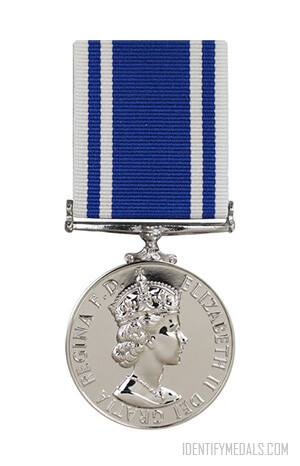
The Police Long Service and Good Conduct Medal
The Police Long Service and Good Conduct Medal was instituted in 1951 and is awarded for twenty aggregate years of service in the police.
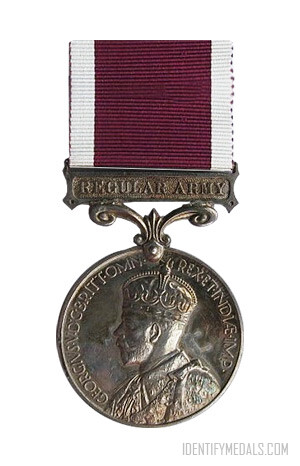
The Medal for Long Service and Good Conduct
The Medal for Long Service and Good Conduct was instituted by King George V in 1930 and initially awarded to Regular Force officers.
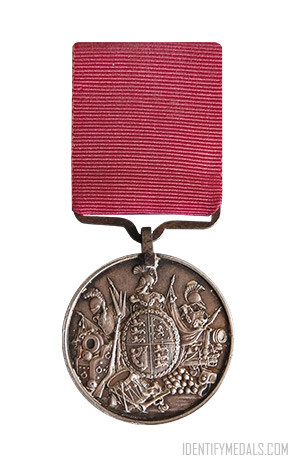
The Army Long Service and Good Conduct Medal
This Army long service medal was instituted by King William IV in 1830 and remained in use for a hundred years, until 1930.
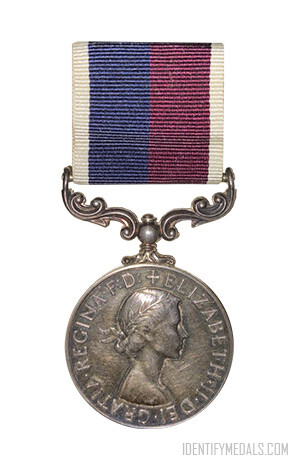
The Royal Air Force Long Service and Good Conduct Medal
The Royal Air Force Long Service and Good Conduct Medal was instituted by King George V in 1919 and awarded to officers and airmen.
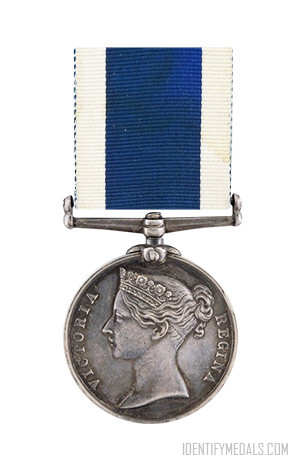
The Naval Long Service and Good Conduct Medal
This long service medal, established in 1848, is still awarded to regular members of His Majesty’s Naval Service.
Find these medals online:

